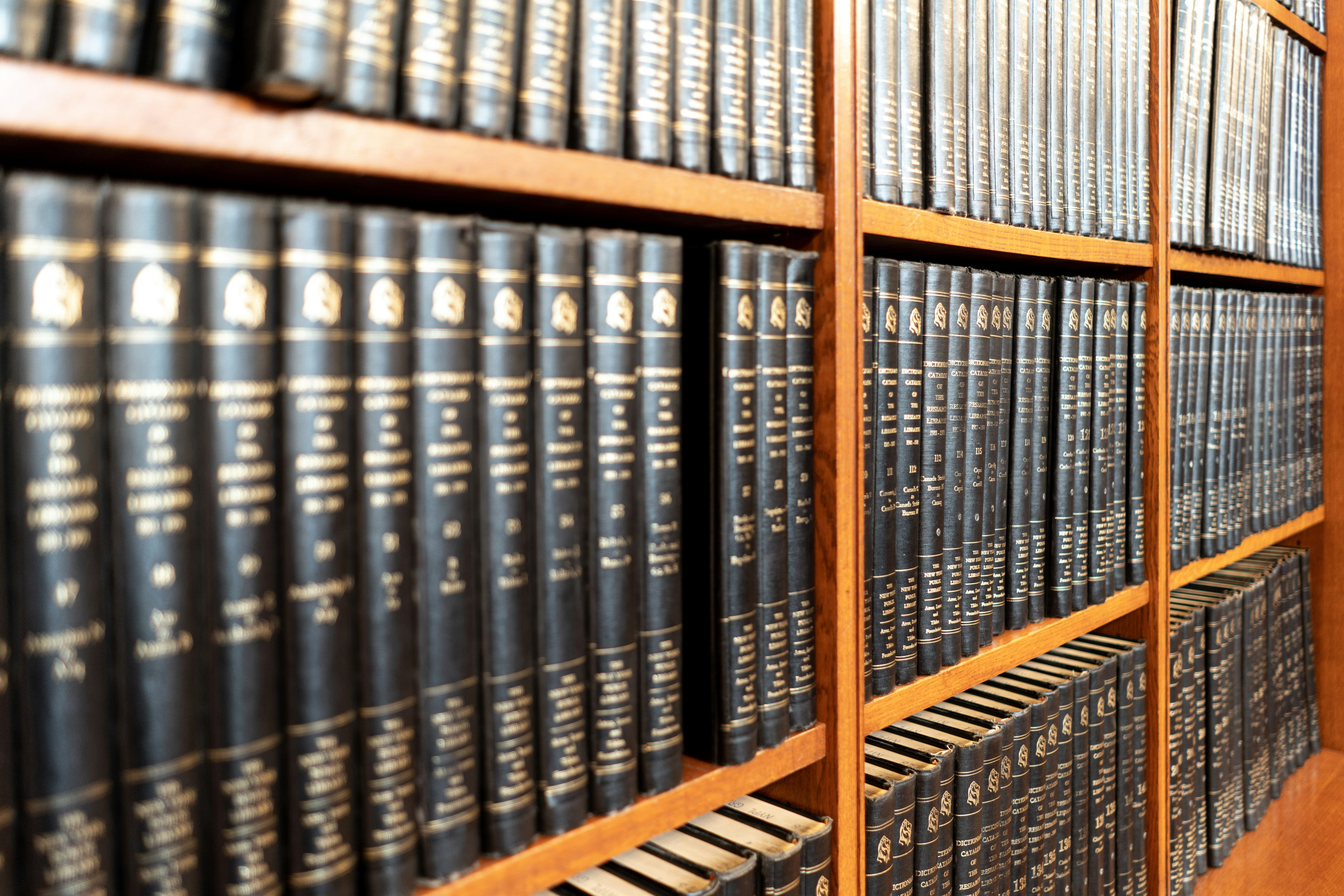Courts of law in Scotland are a separate part of the UK's legal framework.
By the 13th century, the English legal system continued to evolve. The establishment of the Court of Common Pleas, which dealt primarily with civil matters, and the Court of King's Bench, which handled criminal cases, created a more structured court system. These courts played an essential role in shaping the legal landscape of England, as they set legal precedents and defined the scope of English common law.
In addition to the courtroom itself, the overall layout of the court building is designed with the flow of cases in mind. Modern courts are often organized in a way that facilitates the smooth movement of people through the building. This includes the use of digital directories to guide people to the right courtroom, as well as the design of waiting areas that are comfortable and functional. These features are essential in ensuring that court cases can proceed efficiently and that people are not kept waiting for long periods in uncomfortable conditions.
In the 12th century. King Henry II (reigned 1154-1189) is often credited with establishing the framework for a unified legal system in England. He introduced reforms that expanded the reach of the royal courts and reduced the influence of local lords and barons. One of his most significant reforms was the establishment of circuit judges, who traveled the country to hear cases and ensure the uniform application of the law. This helped to create a more centralized system of justice and a more uniform legal system throughout England.
As society changes, the English legal system must continue to adapt. With reforms in digital justice, growing devolution discussions, and calls for greater equality and access, the future of law courts in England will be shaped not only by tradition—but by innovation and inclusivity.
Justice of the Peace Courts are led by lay magistrates—non-legally trained volunteers—who deal with less serious crimes, such as traffic violations. They can impose fines and short custodial sentences, but their powers are limited.
In conclusion, the history of law courts in the UK is a story of evolution and adaptation. From the informal community-based courts of the Anglo-Saxon period to the complex and specialized system of courts that exists today, the UK legal system has undergone significant changes. These changes have been driven by a combination of social, political, and economic factors, as well as the ongoing desire to ensure justice is delivered fairly and impartially. The history of UK law courts is a testament to the resilience and adaptability of the judicial system, which continues to play a crucial role in maintaining the rule of law and upholding justice for all.
An additional key feature of the legal aid system is that it helps to reduce the risk of wrongful convictions in criminal cases. Legal aid ensures that defendants have proper legal representation to challenge the evidence against them, cross-examine witnesses, and ensure that their rights are protected throughout the trial. Without legal aid, many individuals might not have the means to defend themselves, leading to miscarriages of justice.
Legal aid's historical roots dates back to 1949, when the Legal Aid and Advice Act was passed. This landmark piece of legislation aimed to ensure that legal representation was available to individuals regardless of their ability to pay. The Act was a response to the recognition that a fair legal system required everyone, not just the wealthy, to have access to justice. Since then, legal aid has evolved, with various reforms and adjustments in response to changing government priorities and budgetary constraints.
The heritage of law courts in the UK is deeply rooted in architecture. Some of the most famous and iconic law courts in the country, such as the Royal Courts of Justice in London, reflect the grandeur and symbolism associated with the legal process. These buildings, which date back to the 19th century, are characterized by their Gothic Revival style,
featuring tall spires, intricate stonework, and majestic entrances. The design of such courts was meant to project the authority and dignity of the law, reinforcing the seriousness and importance of legal proceedings.
In the late 20th and early 21st centuries, the UK legal system continued to evolve. The Human Rights Act 1998
incorporated the European Convention on Human Rights into UK law, providing greater protection for individual rights. The rise of the internet and digital technology also impacted the legal system, with courts increasingly adopting electronic case management systems and holding hearings via video conferencing.
If you loved this informative article and you want to receive details about
advertising agency for law firms assure visit our own page. They interpret legal principles, settle conflicts, and guide the direction of the law. The UK's legal system is based on a mixture of judge-made law and statute law, and judgments are instrumental in clarifying how the law should be applied in specific cases.
The rise of digital technology in courtrooms has led to the creation of "virtual courts," where proceedings can take place entirely online. This trend has been accelerated by the COVID-19 pandemic, which forced many courts to adopt virtual hearings as a means of continuing legal proceedings while maintaining social distancing. As a result, some court buildings are now designed with the infrastructure to support both in-person and virtual hearings, with dedicated spaces for video conferencing and other digital technologies.

